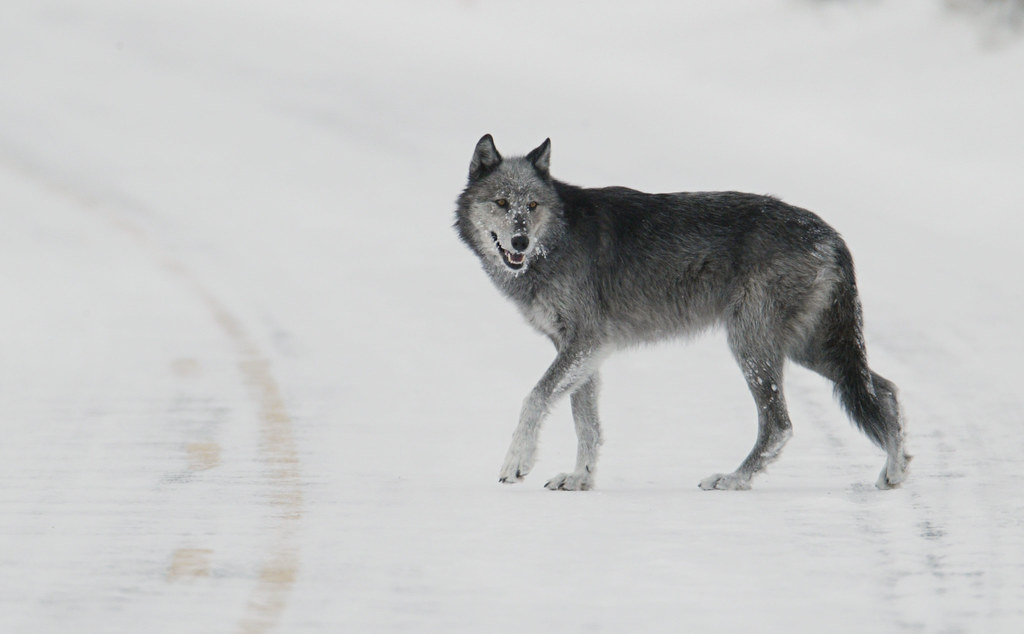Late last year, Endangered Species Act protections for gray wolves were removed in the lower 48 states. The decision put state and tribal governments in charge of their own wolf management plans.
The Secretary of the Interior David Bernhardt said, “the gray wolf has exceeded all conservation goals for recovery,” which “reflects the determination that this species is neither a threatened nor endangered species based on the specific factors Congress has laid out in the law.”
Even so, wolf advocacy groups, such as the Minnesota-based group Howling for Wolves, stress that removing wolves from the endangered species list will put them on the path to extinction.
States such as Wisconsin have far exceeded their original wolf population goal. In February, Wisconsin held a wolf hunt to try to control their numbers. The hunt was stopped after only 39 hours (originally planned for a week), suggesting that there are many more wolves than the 1,034 wolves the state estimated.
In the video below, a Central Wisconsin farmer details his experience with wolves and what happens when their numbers go unchecked. His story represents one of the many reasons why wolf management is important.


